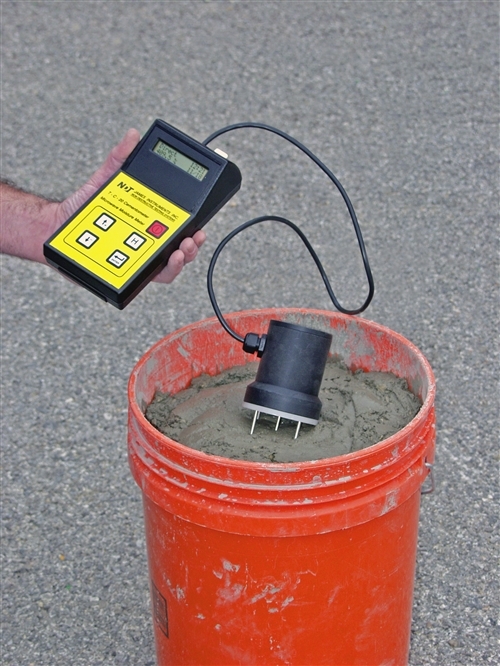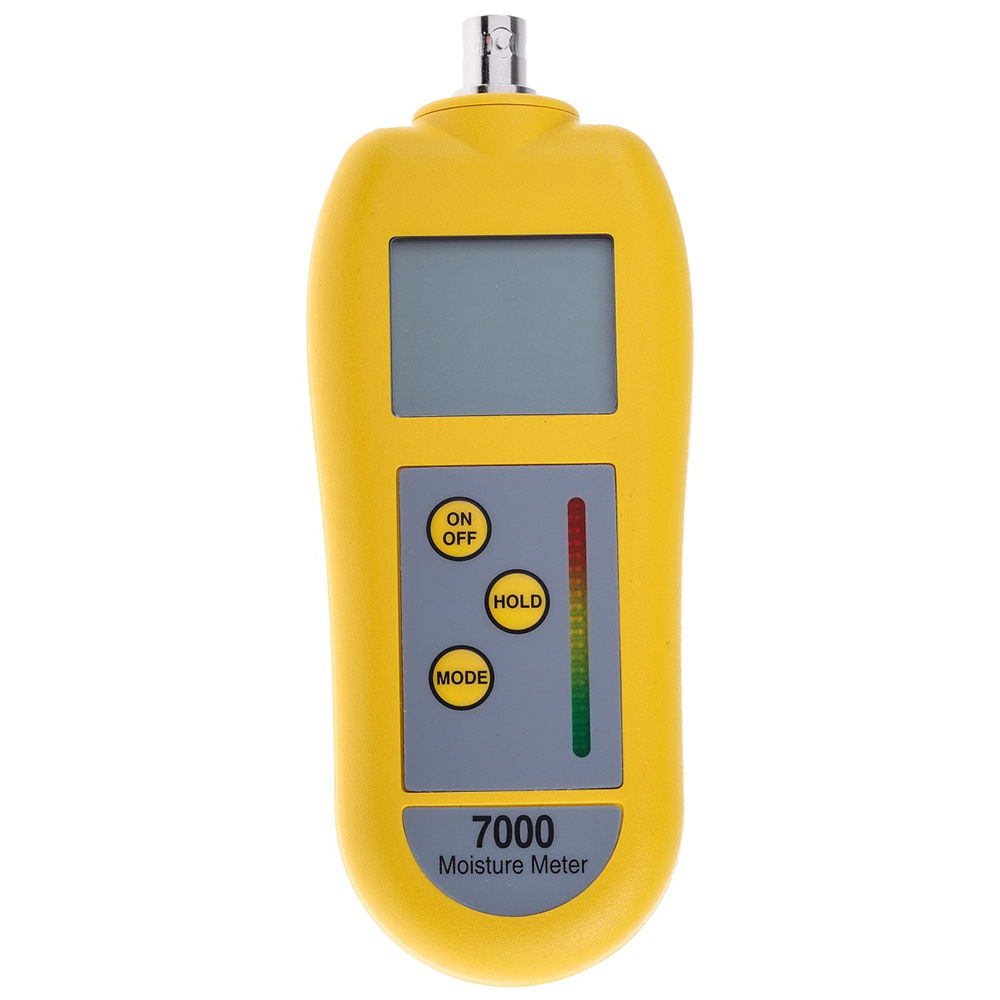How a Moisture Meter Can Aid You Preserve Optimum Conditions in Your Home or Workplace
How a Moisture Meter Can Aid You Preserve Optimum Conditions in Your Home or Workplace
Blog Article
Delve Into the World of Moisture Meters: Whatever You Need to Know
In the world of moisture meters exists a world of accuracy and practicality that usually goes undetected. These tools, while seemingly straightforward, hold a wealth of information that can substantially affect numerous sectors and applications. Recognizing exactly how moisture meters run, the various types readily available, and their varied usages can clarify their importance in ensuring high quality and performance. By discovering the intricacies of dampness meters, one can reveal a beneficial device that goes beyond simple dimension, supplying understandings that can make a substantial difference in countless fields.
How Moisture Meters Work
Moisture meters run by determining the electric conductivity or capacitance of materials to identify the wetness content present. These meters are very useful devices across numerous industries, including woodworking, construction, and farming. By using different methods such as pinless or pin-type technology, dampness meters provide exact analyses that help specialists make informed choices.
Pin-type moisture meters work by putting the sharp pins right into the material being evaluated. On the other hand, pinless wetness meters utilize electromagnetic signals to scan a larger location without causing any kind of damages to the product's surface.
No matter the approach used, dampness meters play a crucial role in protecting against issues such as mold and mildew development, architectural damage, or product flaws caused by excess wetness. Comprehending how these meters job is vital for making certain the high quality and integrity of products in different applications.
Sorts Of Moisture Meters
Provided the crucial function dampness meters play in numerous markets, it is necessary to recognize the various kinds offered to experts for precisely analyzing dampness levels - Moisture Meter. There are largely 2 main kinds of moisture meters: pinless and pin-type dampness meters

On the other hand, pinless moisture meters make use of electro-magnetic sensing unit plates to scan a bigger area of the material without triggering any type of damage. This kind appropriates for rapidly scanning huge areas and is generally utilized for flooring, walls, and ceilings. Pinless meters are practical for taking analyses on finished surfaces without leaving any kind of visible marks.
Both kinds of wetness meters have their advantages and are selected based on the certain demands of the work at hand. Recognizing the differences in between these types is vital for professionals to make accurate moisture evaluations.
Applications Throughout Industries
Building experts rely on dampness meters to evaluate the wetness degrees in building materials like timber, drywall, and concrete, which is essential for keeping architectural stability and preventing problems like rot or mold and mildew. The floor covering market utilizes wetness meters to determine the dampness web content in subfloors prior to installing numerous floor treatments, protecting against expensive problems due to excess wetness. In the food industry, wetness meters are made use of to keep an eye on and regulate moisture degrees in items such as grains, nuts, and dried out fruits to maintain freshness and quality.
Tips for Making Use Of Dampness Meters
When determining the wetness content in various materials,Make use of the moisture meter's calibration setups to make sure precise readings. see post Calibration is vital for the appropriate performance of a moisture meter. Prior to each use, it is a good idea to check and adjust the calibration settings according to the certain material being examined. In addition, make certain the meter is set to the proper moisture variety for the material you are gauging to obtain the most specific results.
When making use of a pin-type moisture meter, place the pins to the suitable depth suggested for the material being evaluated. This makes sure that the wetness analyses are drawn from the right deepness within the material, providing a much more precise representation of its dampness content. For pinless moisture meters, keep in mind to keep correct contact with the product's surface area to get reputable analyses.
Regularly inspect and replace the batteries in your wetness meter weblink to avoid imprecise analyses because of reduced power. When not in usage to prolong its life expectancy and preserve its precision, Store the meter in a completely dry and risk-free place. By complying with these suggestions, you can make best use of the performance of your moisture meter and obtain precise moisture web content dimensions across various materials.
Upkeep and Calibration
To make sure the precision of moisture material dimensions, normal maintenance and calibration of the moisture meter are vital steps in its proper functioning. Calibration readjusts the dampness meter to make sure that it supplies dependable and constant outcomes.
Calibration needs to be executed periodically, specifically if the dampness meter is utilized frequently or in crucial applications where accurate dimensions are required. Many dampness meters include calibration devices or can be adjusted by specialist solutions. Moisture Meter. It is recommended to maintain a log of calibration days and results to track the performance of the dampness meter gradually. By preserving and adjusting the wetness meter frequently, individuals can rely on the accuracy of the dampness content measurements gotten.
Conclusion

To conclude, dampness meters play a critical function in numerous industries by properly measuring the moisture you could check here content of materials. Comprehending just how these devices work, the different kinds offered, and appropriate upkeep and calibration are essential for acquiring reliable results. Whether in manufacturing, agriculture, or building, making use of dampness meters aids ensure quality assurance and effectiveness in processes.

In verdict, wetness meters play an essential duty in numerous sectors by precisely measuring the dampness content of materials.
Report this page